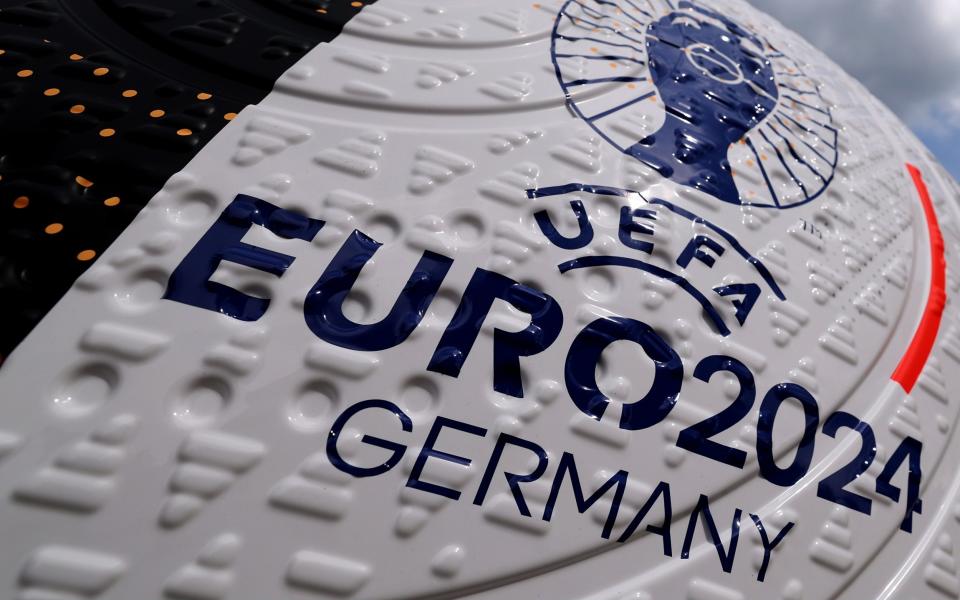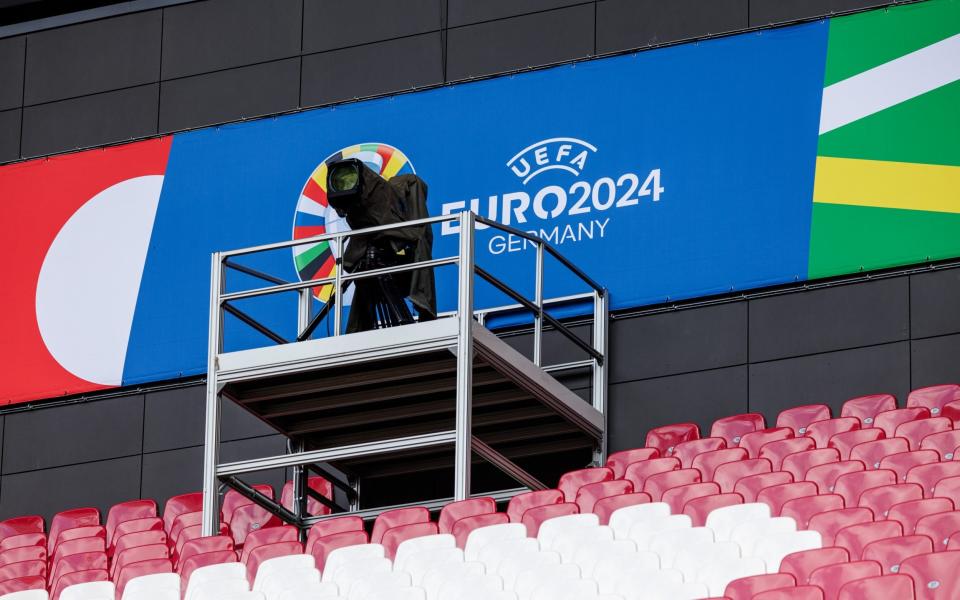Why your TV will not be able to show Euro 2024 in its full glory

Broadly there are two types of modern television viewers: right-minded sorts who care about high definition and the savages who claim not to. Around the advent of Sky+ there was a running battle in my family home over the space used by programmes recorded to the set-top box. It was team high-def (my father and I) vs team philistine (my mother).
Not to paint with too broad a brushstroke, but I imagine that battleground was formed along similar gender lines up and down the country. Once more this summer we are about to enter choppy waters.
This European Championship will not be broadcast in 4K. Many will claim not to notice, but make no mistake, this is a serious blow to anyone who has just bought a new television the size of a politician’s battle bus, or who simply enjoys seeing the individual beads of sweat on Harry Kane’s forehead.
In fairness the difference between HD and 4K is certainly more subtle than the jump from fuzzy standard definition to HD. Some claim you can only really appreciate the difference once your screen breaches the reckless 60in mark. Where it is most noticeable is in wide shots of significant motion i.e. most live sports broadcasts. Most would spot the HD to 4K upgrade, even on a relatively modest modern screen of around 40in.
So why are the resolution ultras forced to endure mere high definition this summer? Let us find out in time-honoured snappy Q&A format:
Who is responsible for this travesty?
Uefa. The Euros are its championship and the governing body controls the world feed which will be carried by broadcasters around the globe. Every match at the tournament will be broadcast at 1080p50, which is known as Full HD.
The 1080 bit refers to the number of vertical pixels, the p is for progressive scan rather than old-fashioned interlaced, the 50 is the number of frames per second (fps). It was the same for this season’s Champions League final, which had previously been broadcast at 4K since 2015.

Why has it done this?
A Uefa spokesperson said: “Uefa has carried out extensive high-level benchmark testing with manufacturers and broadcast partners with the aim of ensuring consistency, whilst also maximising the quality of signal when contribution and distribution limitations are factored in. The outcome of these tests led to the conclusion that producing in 1080p50 HDR, a single multi-purpose high-quality format, provides the best base for quality and consistency and offers the best platform for multiple use.”
The HDR bit here is important, standing for high dynamic range. It is a TV signal which allows for broader and more natural colours which are especially useful for live sport. Broadcasters will still be able to upscale to UHD if they choose.
Hang on, I thought 4K and UHD were the same thing?
Back to the difficult technical Wikipedia articles for you. 4K refers to a horizontal pixel count of 4,096, roughly four thousand, hence the name. UHD refers to a resolution of 3840 by 2160 pixels. In practice, both have been used interchangeably in consumer marketing of TVs. Consider yourselves absolved for any confusion.
Broadcasters can deliver sharper pictures through their upscaling processes, which should be a noticeable upgrade on the non-ultra HD feed. Some argue that frame rate (50fps for the Euros, with 25fps the usual broadcast standard) and HDR make more of a difference here than the number of pixels. The BBC’s red button prompt to switch to iPlayer, usually seen advertising a UHD version, will read “Press red to watch in HDR” for the Euros.
Will future Euros be in 4K?
It does not sound like it. This “will be the direction Uefa adopts for all future competitions”, according to Uefa’s spokesperson.
Are the broadcasters upset?
Seemingly not so much. Speaking to various learned tech sorts there is broad agreement about Uefa’s reasoning, that the non-4K feed will save money, stay stable and still look good on the vast majority of modern TVs.
Is this the end for 4K?
It is certainly unusual for broadcast tech to take a knowing step backwards in quality, and it is tempting to see this as a tragic de-evolution like the mothballing of Concorde or discontinuation of Cadbury’s Fuse. But before you write off 4K as the next 3D, remember it will still be used for the Olympics (only via Discovery+ in the UK) and Sky and TNT Sports’ domestic football coverage.
So will the average Joe or Josephine notice much difference?
Probably not, no.
But am I right to still feel slightly wronged?
Absolutely.

